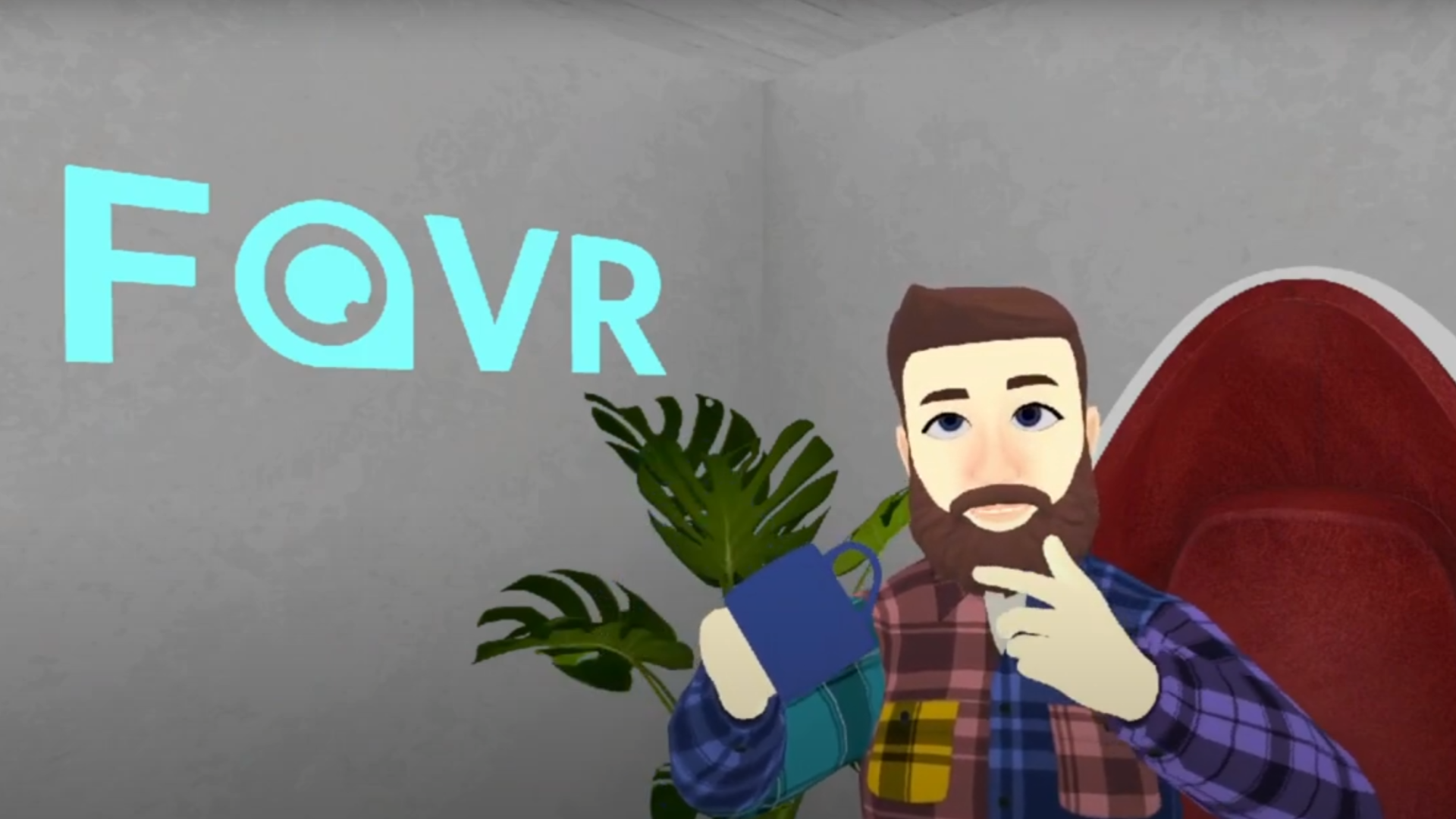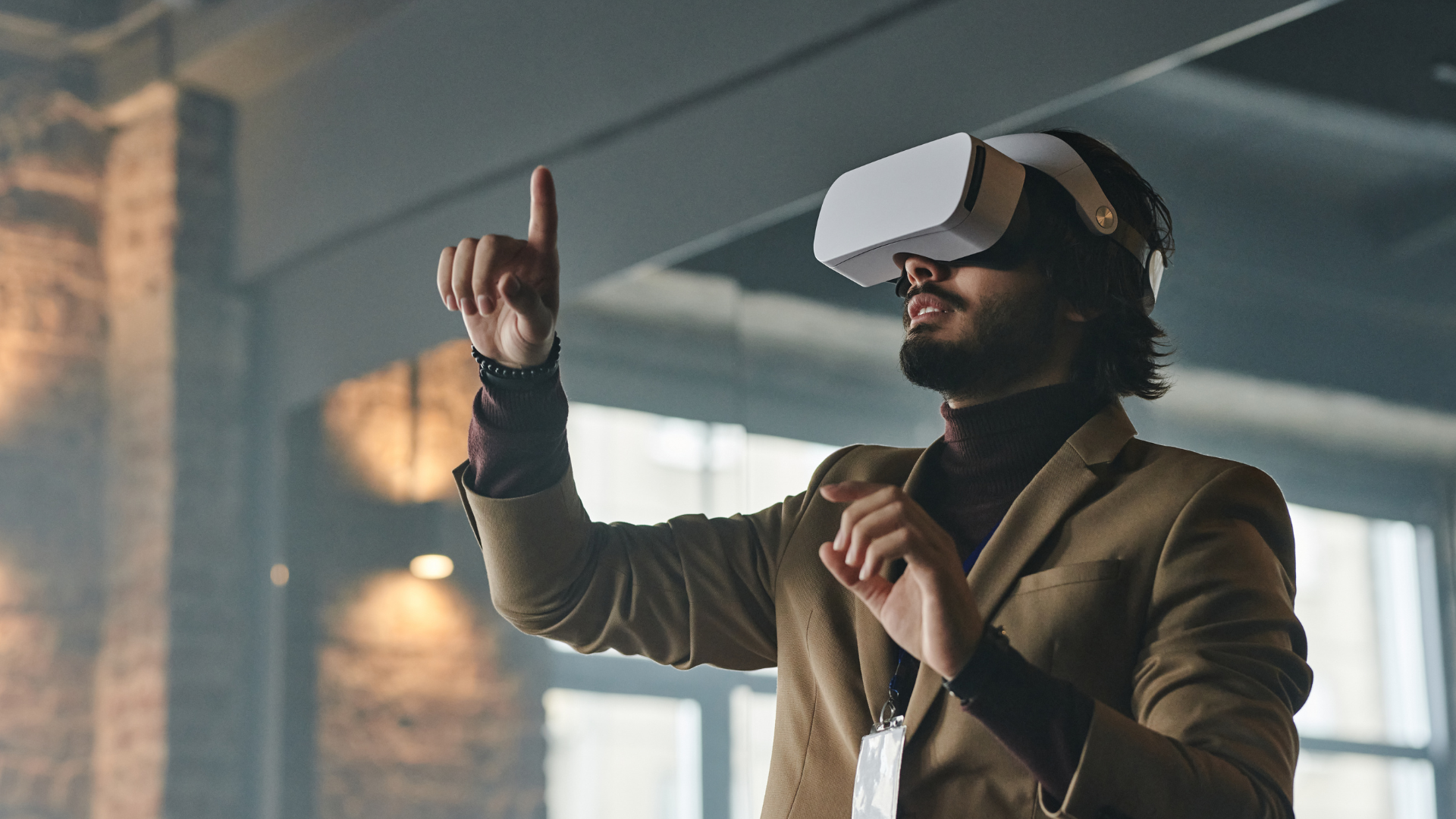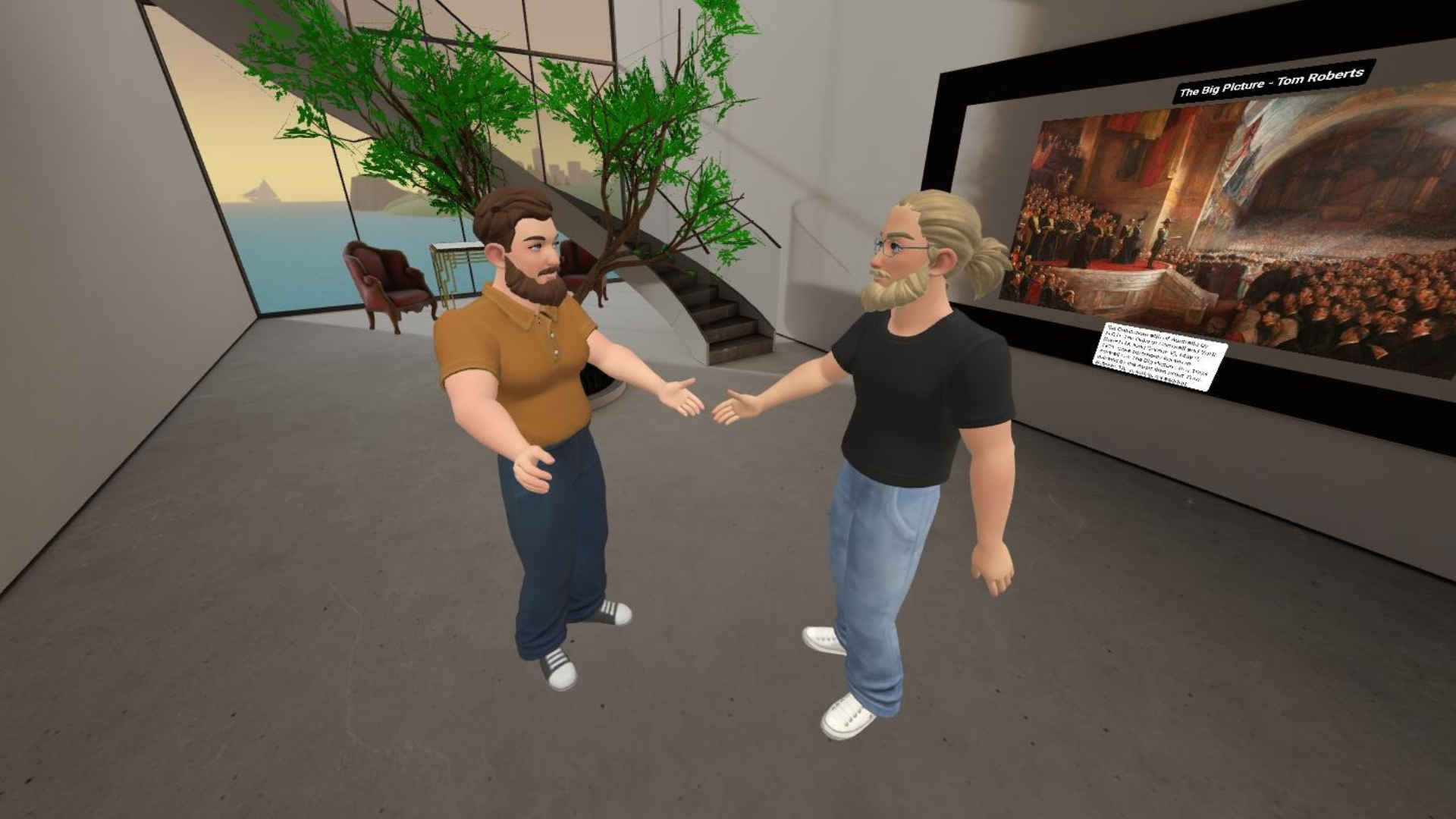· 3 min read
Exploring Spatial Design - Why VR Streaming Spaces Could Be the Future of Content Creation

VR isn’t just about playing games anymore. For me, it’s becoming a creative platform, one where the space itself becomes part of the production.
Early last year, I built a VR streaming room as a bit of an experiment. The idea was simple: what if you could walk into a custom environment, hit record, and capture content with full control over the setup? No green screens. No studio lights. Just you, a digital room, and some clever camera angles.
The Limits of Traditional Streaming
If you’ve ever tried to record video content, you’ll know it’s not always easy to get things looking polished. Real-world setups often involve:
- Rearranging furniture
- Finding the right light
- Managing cables and clutter
- Hoping the camera’s in a good spot
Even with the best gear, it’s hard to make something that feels consistent and well designed, especially if you’re working out of a bedroom or shared space.
That’s what got me thinking: what if the room was digital?
Creating a VR Streaming Space
In my streaming space, I built a walkable environment with multiple fixed camera positions, adjustable lighting, and a few props to help set the scene. You can step in, pick your shot, and record directly from inside the world.
It’s not about photorealism. It’s about control and creativity. You can build a space that reflects your style and use it to tell stories, host devlogs, run interviews, or stream gameplay from inside VR.
The project still requires a PC setup to record (I’m using OBS and a Quest link cable), but I’ve been keeping an eye on standalone VR streaming tools like BeamXR. That kind of tech could open the door to streaming directly from inside VR, no PC required.
Why It Matters
This sort of spatial setup gives creators more flexibility and polish. Instead of filming in front of a webcam, you can present from:
- A neon-lit sci-fi room
- A cozy cabin workshop
- A stage with dynamic lighting and props
It’s all about presence. The way your content feels is shaped by the space it lives in. And in VR, we get to build that space from scratch.
What’s Next
I’m still experimenting, Meta has updated it’s avatars but I think there’s a lot of potential here. Imagine:
- Educators hosting classes from virtual labs or galleries
- Streamers filming updates or tutorials from stylised digital sets
- Small studios recording devlogs inside their own game worlds
It’s early days, but the idea of “spatial content creation” is something I’m excited to keep exploring.
If you’re curious about this or have ideas for how you’d use a space like this, feel free to drop me a message or check out the project page.



